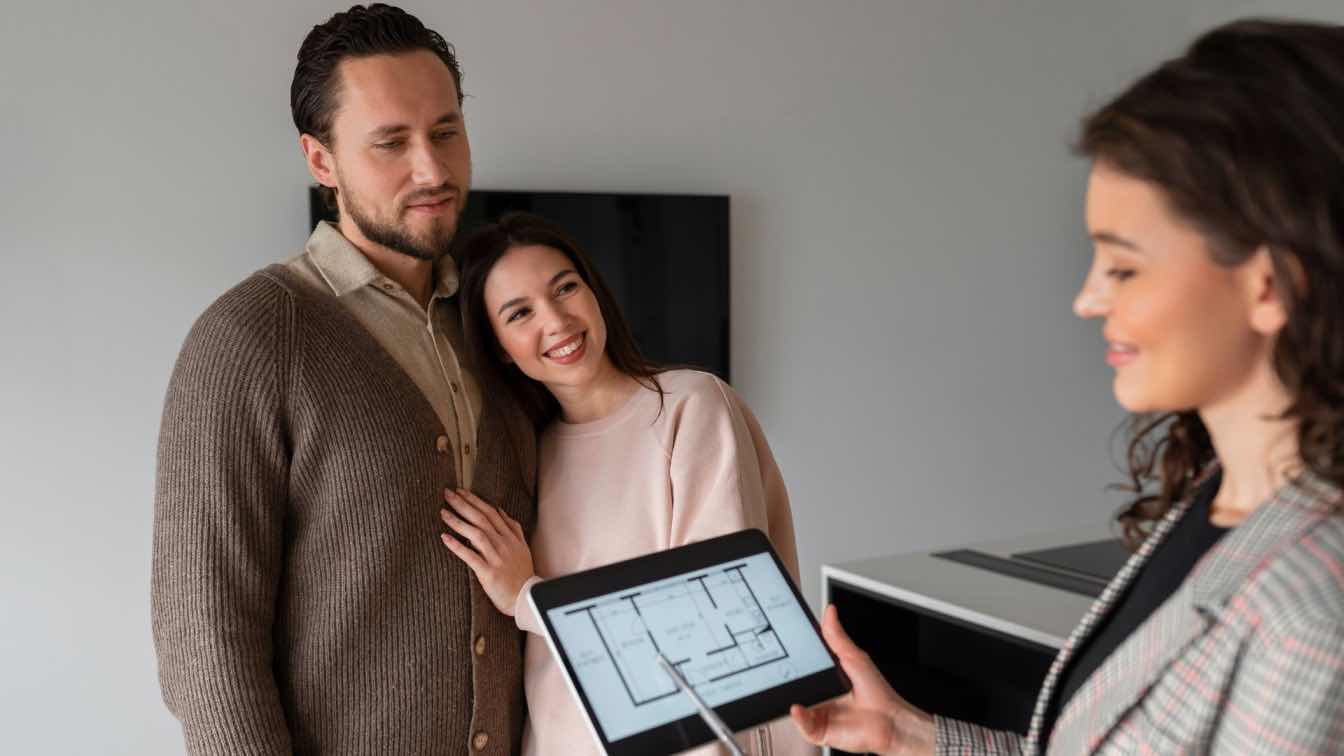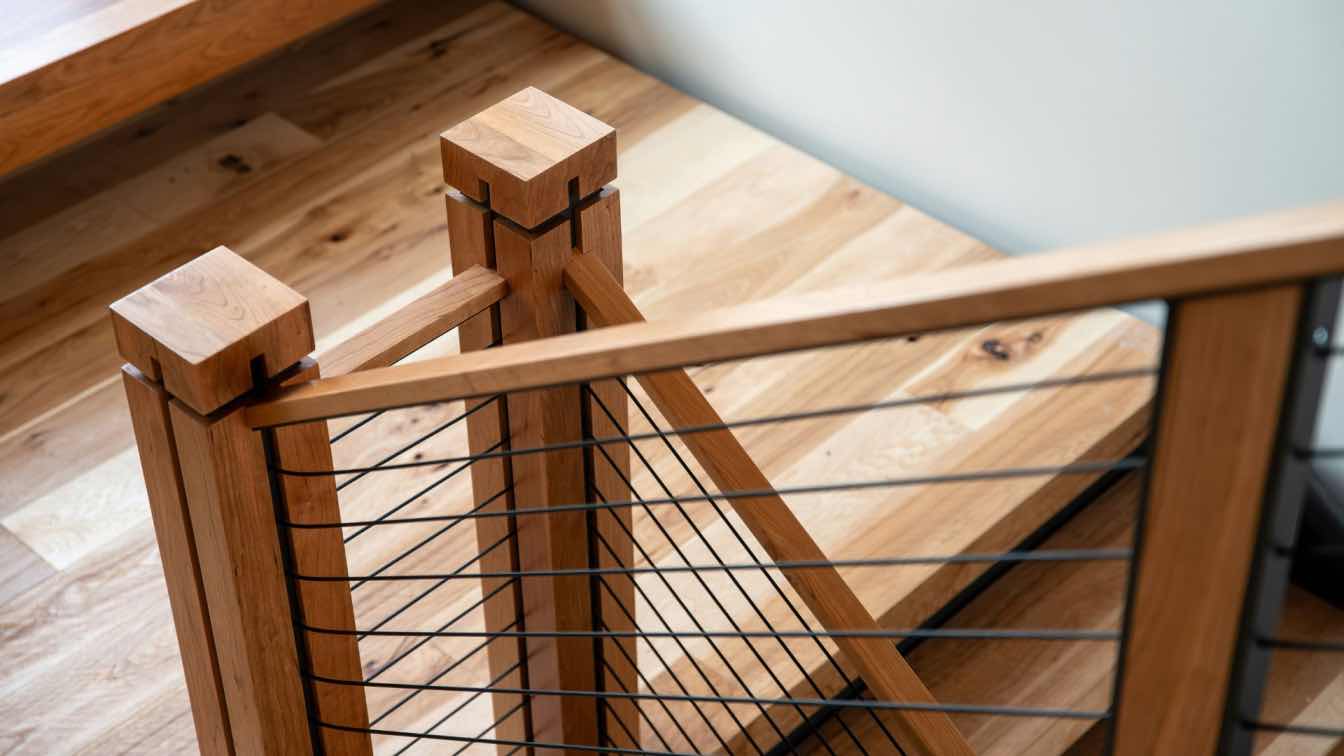Creating a living space involves more than just looks and practicality—it's also about making sure every aspect enhances the inhabitant's health and safety in mind, too! Home accidents happen frequently due to design weaknesses and insufficient safety measures in place.
Prioritizing safety features like non-slip floors and well-lit areas along with sturdy staircases can notably decrease the likelihood of everyday household mishaps occurring. This article will delve into the process of creating a living environment and highlight the importance of addressing such factors to prevent accidents and steer clear of any legal issues that may arise.
The Importance of Safe Home Design
Home should be a haven where you and your family feel protected and at ease. However, data indicates that residences are also common settings for various mishaps. The National Safety Council reports that over 30 million individuals sustain injuries from accidents in their homes each year in the United States alone. Numerous of these incidents might have been avoided with attention to design elements.
Creating a pleasant and safe living space goes beyond selecting attractive decorations and materials. It involves establishing a setting that reduces the likelihood of accidents and injuries occurring within the home environment.
A significant concern highlighted by professionals who specialize in personal injury cases is the impact of subpar home layouts on accident rates. Understanding the essential role safety plays in architectural design planning. Let's explore design features that can play a vital role in mitigating everyday household mishaps.
Non-Slip Flooring: A Crucial Safety Feature
Slipping and falling is an occurrence in households and often happens in places, like bathrooms or kitchens where there may be water or other liquids present. Non-slip flooring is an important safety measure that can reduce the risk of such accidents occurring.
When deciding which flooring materials to use in your space it's important to opt for ones that have a textured surface to prevent slipping when wet. Tiles with a matte finish slip resistant vinyl or rubber flooring are the right choices. In homes where there are individuals or young kids around you can also include non-slip rugs or mats, for added safety.
Choosing proper materials for your flooring project and installing them correctly are both steps to consider in preventing accidents and ensuring safety at home. Make sure that the flooring is even and firmly secured to prevent any tripping hazards from arising due to gaps between tiles and uneven surfaces during the installation process.
Proper Lighting: Illuminating the Path to Safety
Good lighting is essential for keeping your home safe and preventing accidents like falls or trips in places that see a lot of activity, such as staircases and hallways. Ensuring your home is properly lit helps lower the chances of these mishaps occurring.
When you're thinking about the lighting, in your home design processes think about how light and artificial light sources can work together to create a warm and inviting atmosphere throughout the day and night.
To ensure safety and visibility around staircases is crucially important. Place lighting at the upper and lower ends of the stairs and think about adding lights to each step. Motion sensor lights can also be a good choice for corridors and outdoor spaces to make sure every area is well lit.
Secure Staircases: Designing with Safety in Mind
Staircases are a frequent location for accidents in homes, with falls sometimes resulting in severe injuries, especially for kids and older folks.To create a safe staircase design, many different factors must be taken into account.
The size of the stairs is really important to consider. It's crucial that each step has the proper height and depth for safety reasons – if they're uneven or irregular in any way it can lead to accidents like tripping or slipping off the edge accidentally. Be sure to follow building codes that outline the dimensions for stairs to keep everyone safe.
Handrails are crucial for safety reasons, so it's important to have a handrail installed along both sides of the staircase running the entire length of the stairs and securely fastened to the wall for a proper grip.
It's also a good idea to think about adding something like non-slip treads or carpet runners to the stairs for more grip and to lower the chances of slipping.
How to Work with Professionals to Ensure a Safe Home Design
Creating a living space usually involves working together with specialists such as architects, interior designers and builders who can provide valuable insights on choosing the right materials, layouts and elements to improve safety measures in your home.
When collaborating with these experts or specialists, it's crucial to clearly express your objectives and preferences from the start. Ensure they grasp the significance of prioritizing safety across all facets of the design process. Feel free to seek clarifications or suggest changes if you believe there are areas that could benefit from further enhancements.
In addition, it’s also a good idea to consider reaching out to an injury attorney early in the planning process. Let’s say you are based in Indiana. It may sound like an unconventional step, yet a personal injury lawyer from Indianapolis specializing in incidents related to home environments could offer useful perspectives regarding potential dangers and legal liabilities.They can also examine agreements and contracts with contractors to guarantee adherence to all safety protocols. And don’t forget, they know the laws of the states inside out.
The Role of Outdoor Design in Home Safety
When it comes to ensuring safety at home, it's not just indoors that need attention – outdoor spaces matter too. Patios and walkways should be built using materials that offer grip especially when it's wet outside. Regular upkeep, like removing debris and fixing cracks is crucial to maintain safety in these areas.
Outdoor lighting holds great significance to indoor lighting in ensuring safety and visibility in outdoor spaces like pathways and entrances, in order to prevent accidents such as trips and falls. Using motion triggered lights can be especially beneficial for spots like driveways and entryways where good visibility is essential at nighttime.
Landscaping also contributes to safety, as excessive vegetation like bushes and trees might block visibility and provide hiding places for intruders. Ensuring plants are well trimmed and maintaining a clear view around your property can improve safety and security measures.
The Legal Implications of Poor Home Design
When safety is not the top priority in home design, accidents can happen as a result of flaws like floors and poor lighting, among other things. It can also lead to serious repercussions, not just in terms of physical harm, but also legally speaking. Personal injury attorneys often deal with cases where negligence in design or construction is linked to injuries and the parties involved could be held responsible (including homeowners, as well as architects and builders) if proven guilty of oversight.
In a scenario where a guest slips on a tile floor lacking slip resistant features, or if a staircase without adequate handrails leads to a fall, the homeowner or builder might be legally liable for the incident.
Ensuring your home design prioritizes safety is crucial to safeguard yourself from legal issues. This entails closely following building regulations, utilizing high quality materials and taking into account the requirements of occupants such as young kids, elderly individuals and individuals with disabilities.
Final Thoughts
Creating a proper living space goes beyond just achieving visual appeal – it involves establishing a setting where all individuals can reside without worries and with ease in mind. Prioritizing safety elements such as slip resistant floors and well lit areas alongside sturdy staircases plays a vital role in minimizing the likelihood of typical household mishaps.
Keep in mind that neglecting safety in home design can lead to more than physical harm – legal consequences may also come into play. Collaborating with experts and emphasizing safety right from the start can assist you in crafting a home that's not just visually appealing, but also a genuine sanctuary of security.
By following these measures carefully, you can safeguard your loved ones, guests, and yourself from the risks associated with an insecure household, making sure that your living environment stays a sanctuary of peace and safety in the long run.





